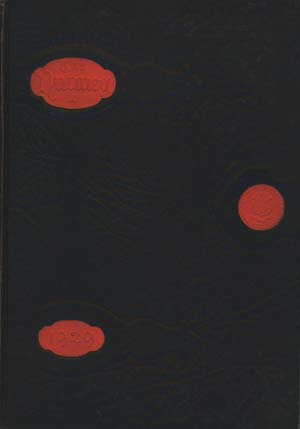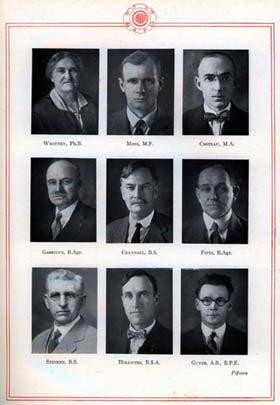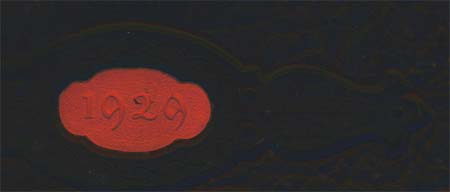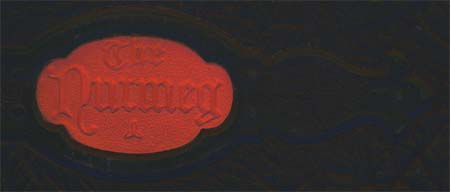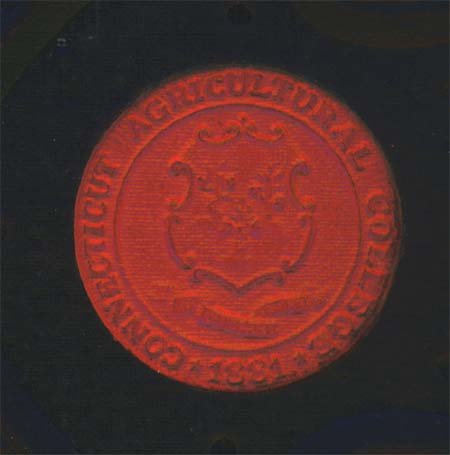|
This is an archived article.
For the latest news, go to the Advance
Homepage
For more archives, go to the Advance Archive/Search Page. |
||||
|
We are the Huskies. We are the Blue and White. It seems clear enough. But now consider the following paragraph from the Oct. 19, 1923 issue of the Connecticut Campus, which ran under the headline, "Orange Shirted Warriors Take On N.H.": "The Blue and White football machine left this noon for New Hampshire where they will meet the New Hampshire State eleven tomorrow afternoon. In the first home game of the season last Saturday the Aggies showed their power against the strong Maine eleven, and the followers of the orange shirted warriors are expecting the team to show the same fighting qualities against their opponents tomorrow."
The naming of a mascot was still more than 10 years away, and it was common to refer to Connecticut Agricultural College (forerunner to the University of Connecticut) athletes as "Aggies". But two other nicknames run in the same paragraph: "the Blue and White football machine" and the "orange-shirted warriors." Because a number of their rivals had blue and white as official colors, CAC's football team had acquired orange jerseys in the early 1920s as a way to make their team stand out on the field. Indeed, some sportswriters in New England had begun to call them the "Orangemen of Connecticut." By the fall of 1928, the mix of colors led to a call by student leaders for a change in the school colors. (An article in the March 13, 2000 Advance outlined how blue and white became UConn's colors as early as 1893, and were officially adopted by the Board of Trustees in the early 1950s.) The Connecticut Campus reported on Nov. 1, 1928 that the Student Organization had considered and tabled a measure to change from blue and white to blue and orange. The use of multiple nicknames was becoming an issue: "Whether or not to change the college colors, which have been for so many years White and Blue, was one of the more interesting features of the Student Organization meeting. "For several years Connecticut's football warriors have dashed out on the field in flaming orange jerseys, and have, in that short period of time, established a name which has traveled far and wide throughout the State, and neighboring states as well. Newspapers appear with articles lauding the efforts of our orange warriors and then, in some other paper, appears a like article which speaks of the victory of a fighting 'White and Blue'." The confusion was one of the reasons cited in the meeting for a proposed change in the school colors. It was also noted that white and blue were the colors of rival teams New Hampshire and Rhode Island, as well as of Yale University, another Connecticut institution. No vote was taken on the proposed change, however, for it was felt that so important a move should not be made without giving the students time to think it over. Even if the move were passed by the student body, the alumni would have to ratify it before it became a reality. An editorial in that issue stated that the color change "seemed to meet with the unanimous approval of the students," and called on students and alumni to voice their opinions through letters to the editor. Yet there was apparently little response. When the issue resurfaced in the Dec. 13, 1928 Connecticut Campus, an editorial noted that "So far as we can ascertain, there has been no criticism of this proposed change by the graduate body. Let us have a meeting of the student body, put the motion to a vote and decide definitely to either accept or reject the proposed colors." The uncertainty with which some students viewed the potential change in colors can be seen in the 1929 issue of the Nutmeg yearbook. Designed to have what appear to be hinges and a lock, like a diary, the black cover has several elements, including the college seal, in orange and every page has an orange border. A Campus editorial, on March 15, 1929, outlined the debate at a March 11 meeting of the Student Organization, noting that "The decisive action of the student body at the Student Organization meeting of Monday would seem to definitely kill any further possibility of a change in our college colors." The editorial went on to note 20 letters had been received by the editor from CAC graduates. The 20 letters were unanimously against the change and this was used as an important factor in the opposing arguments. The small number of responses was ascribed, with some dissatisfaction, to acquiescence or indifference. Despite the leanings of the editorial writer, the issue appears to have died with that March 1929 meeting. Also in the March 15 issue, the Campus reported on a March 11 Student Organization meeting that centered on acceptance of new student fees. The proposed change in colors was dealt with in the last two sentences: "The matter of college colors was placed on the table for the time being. It is expected that more agitation for a change will be created in the future." But there was no agitation in the future. The proposed change never came back for a vote. And in future years, the football team's jerseys were blue and white. |
